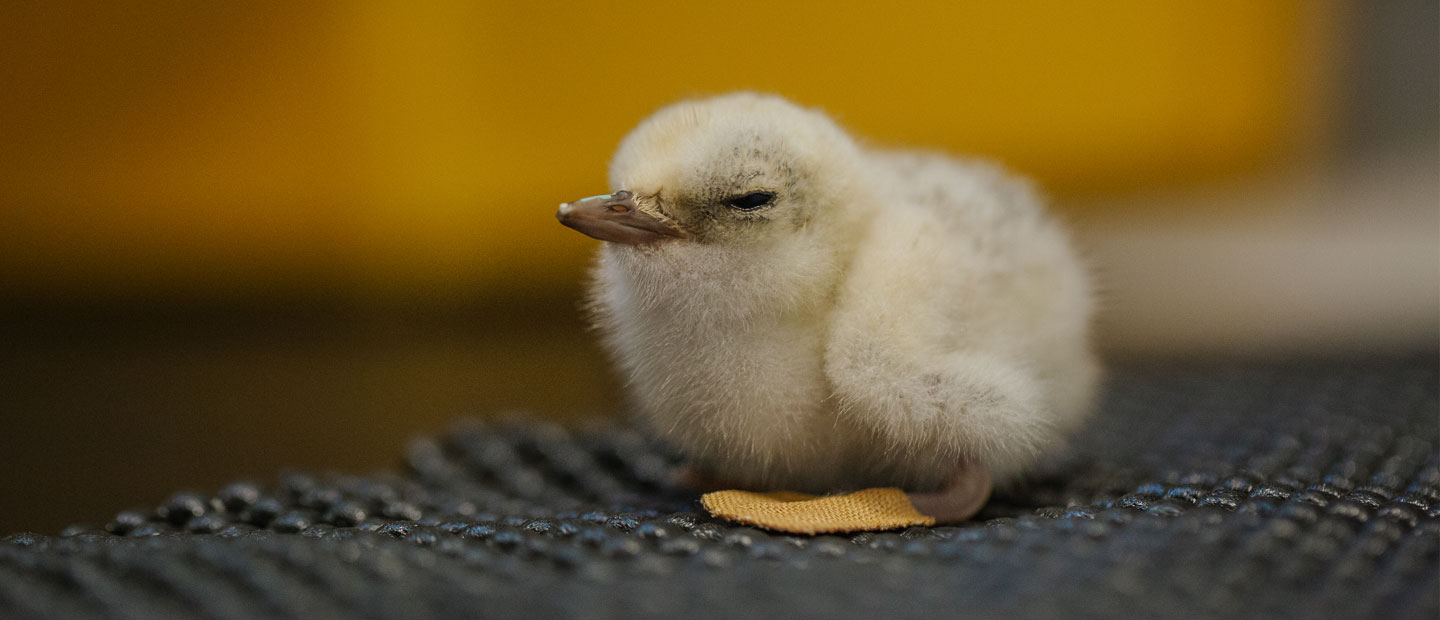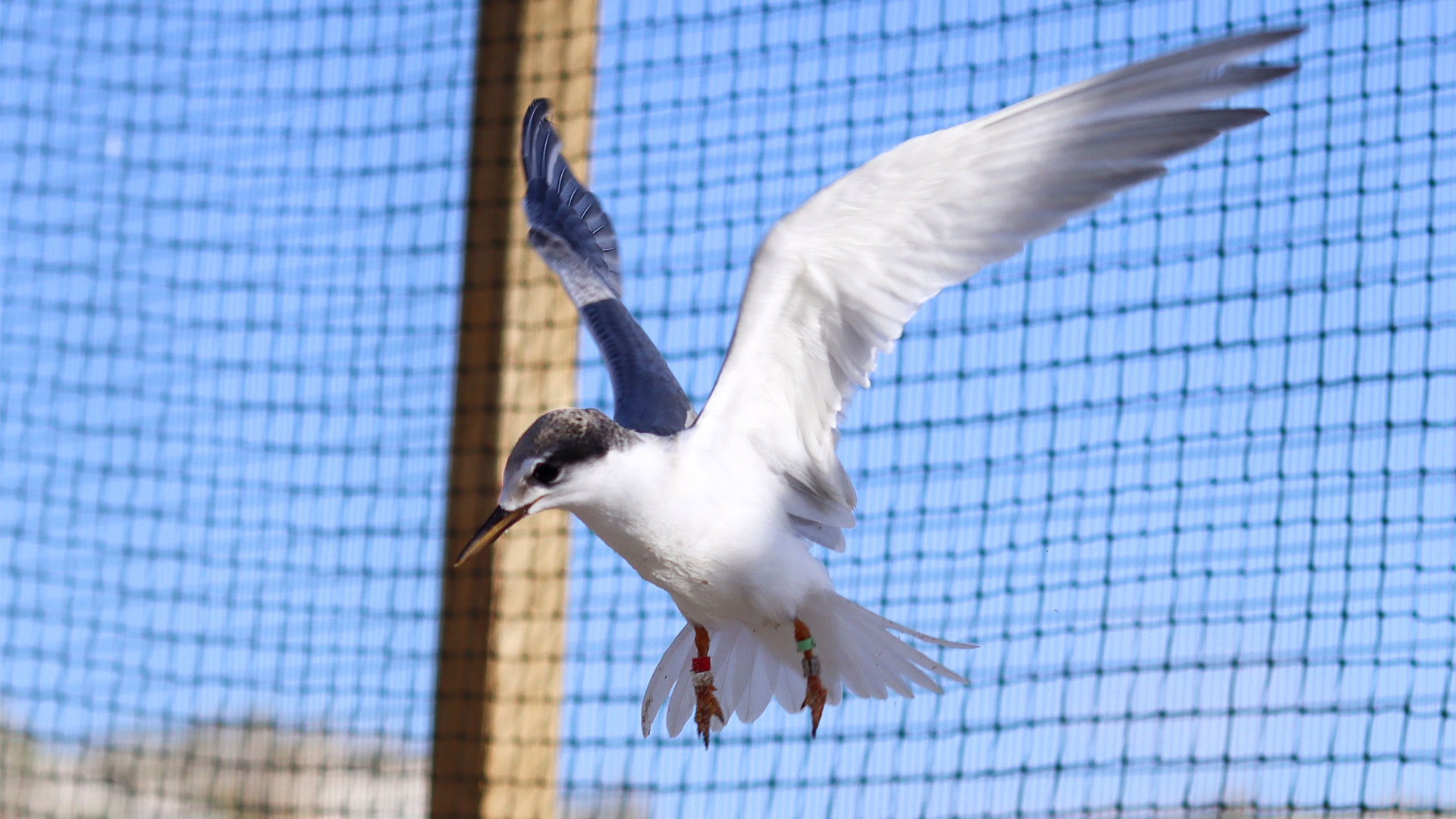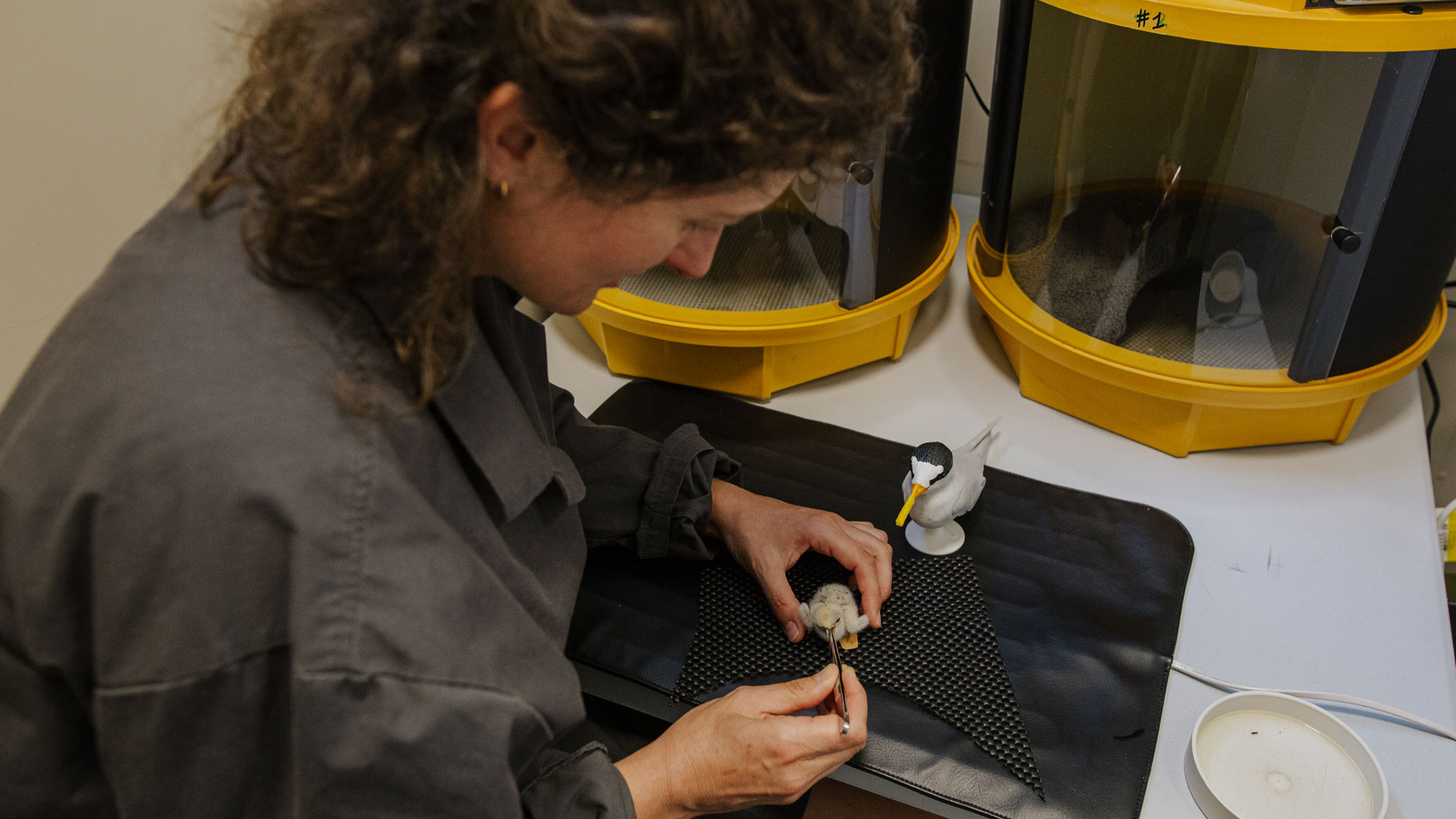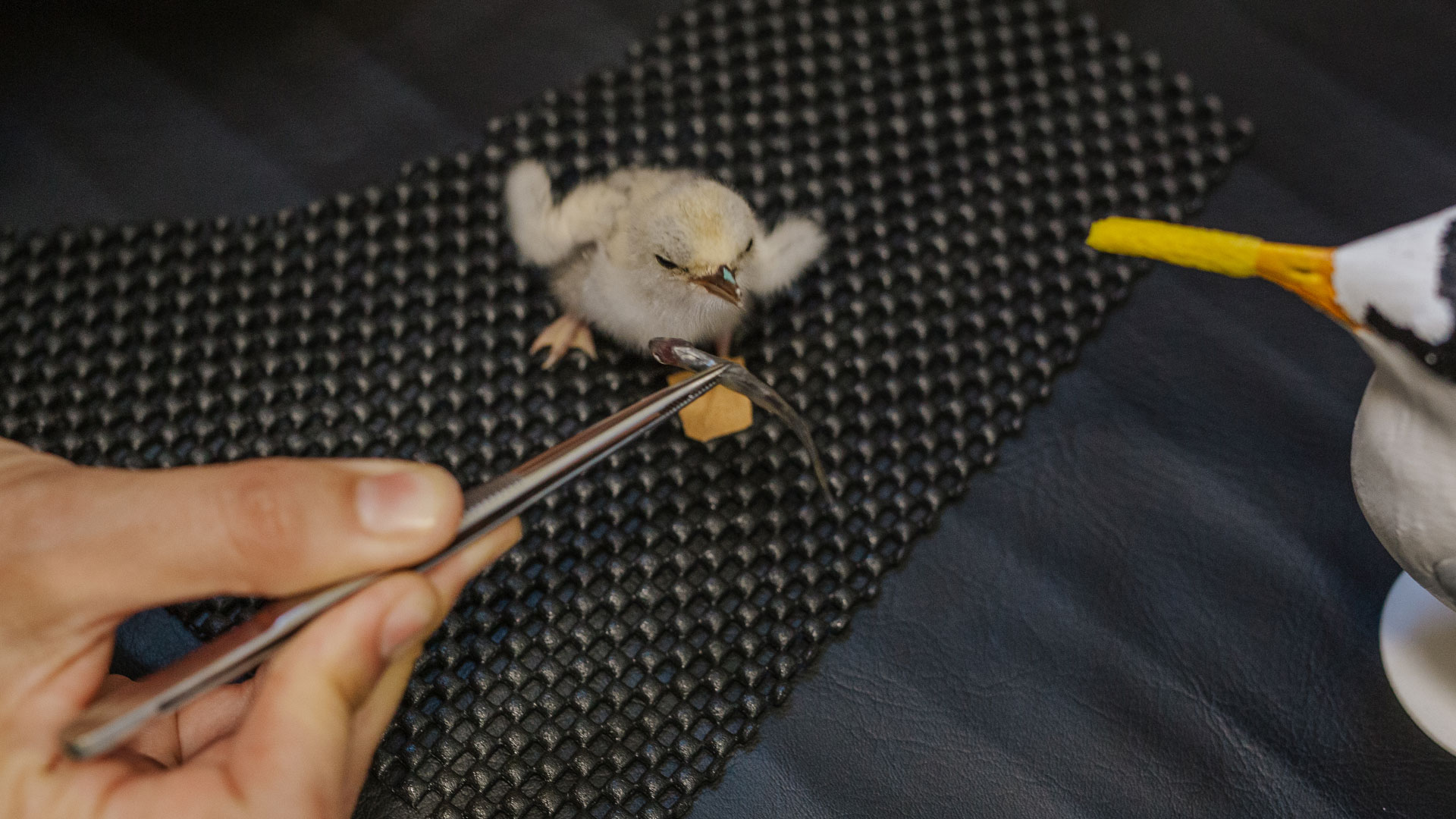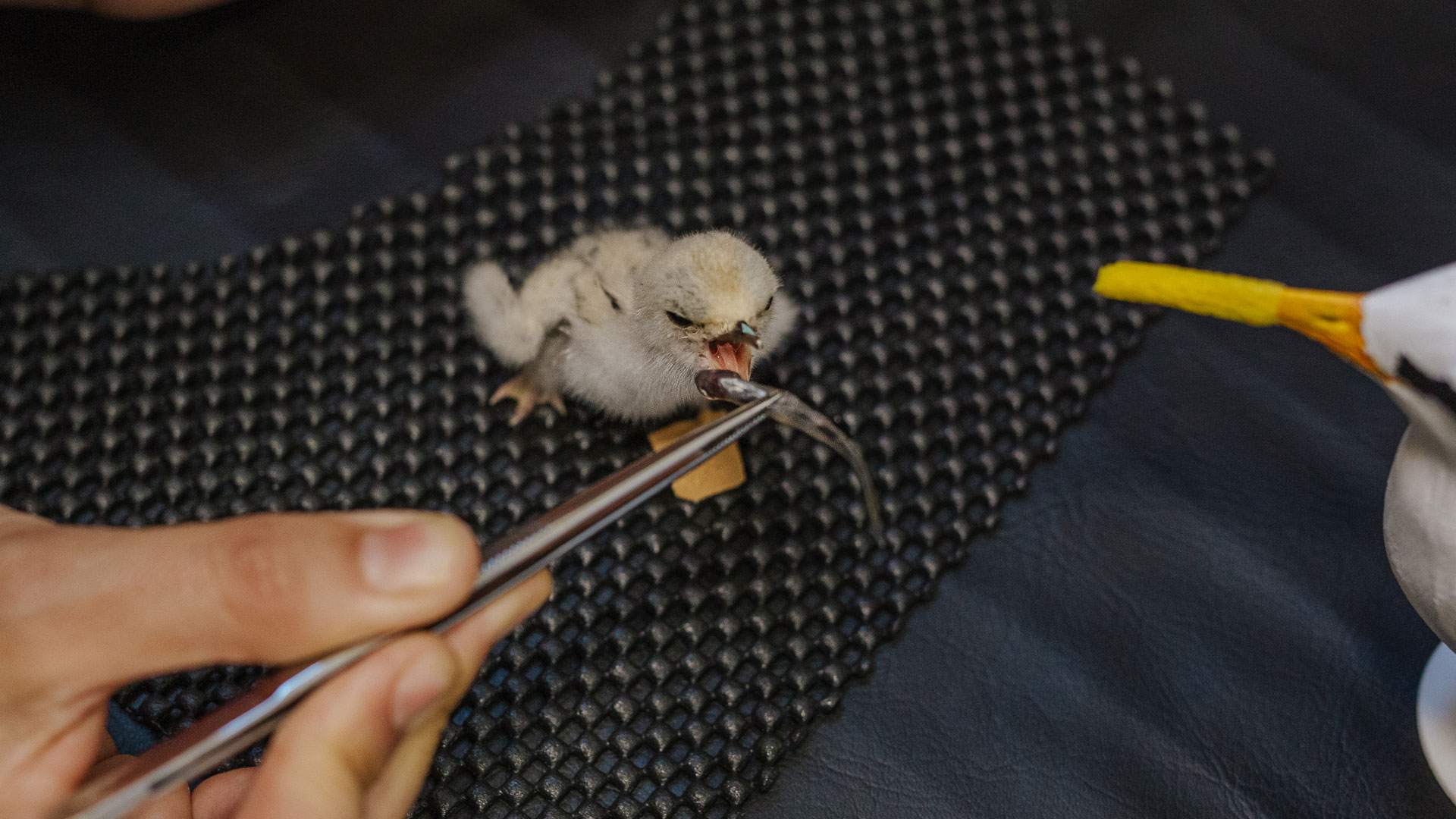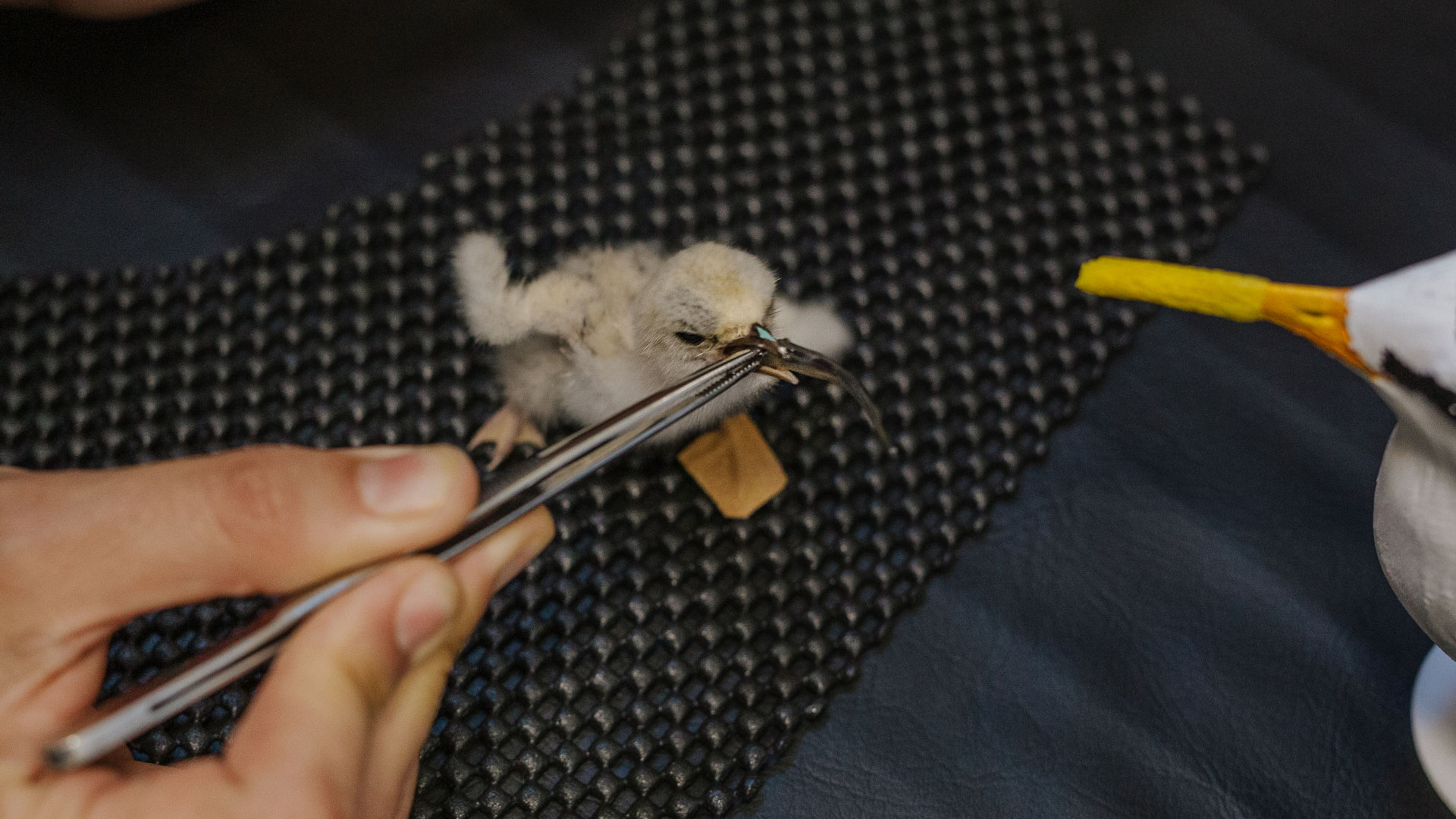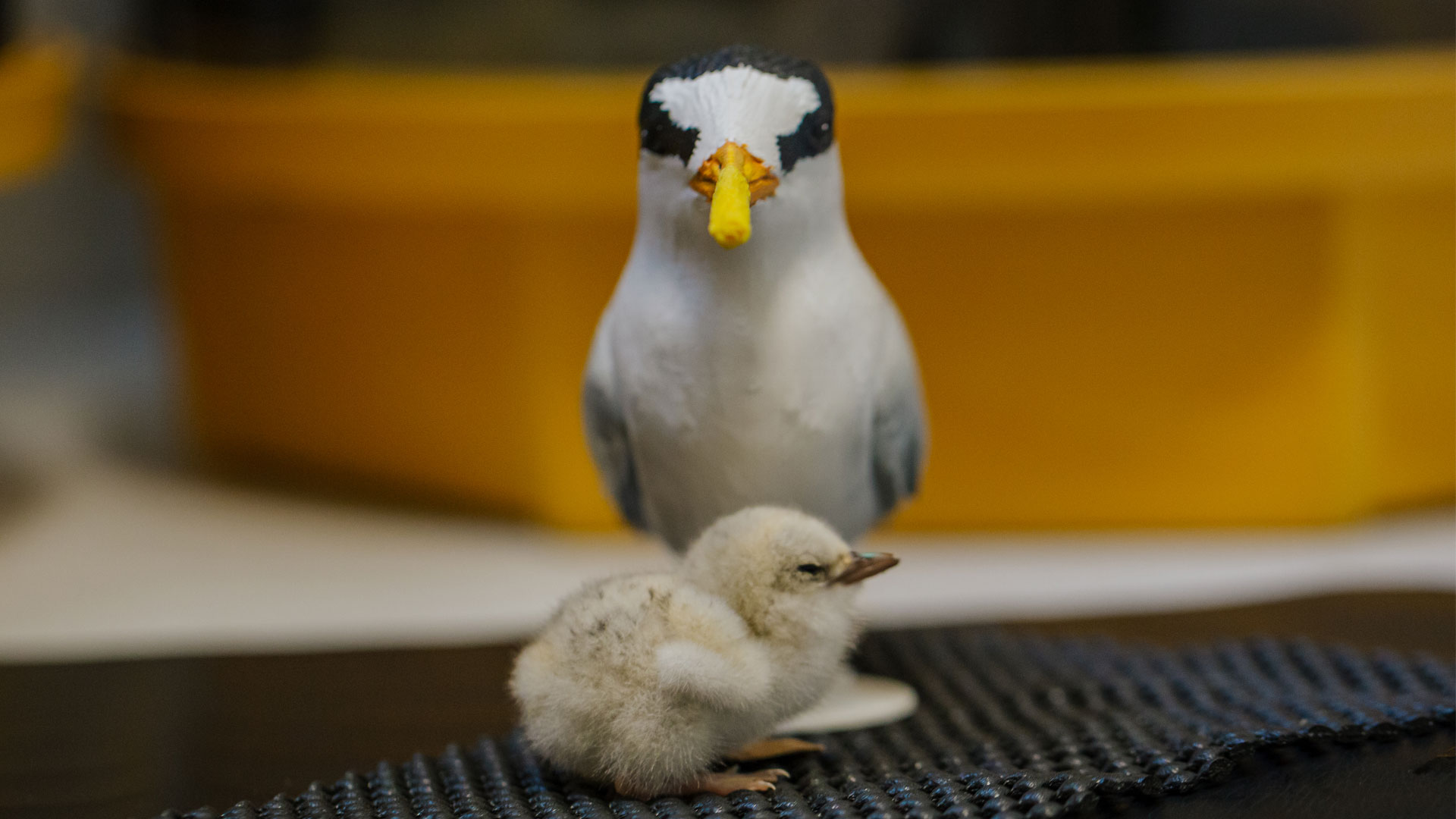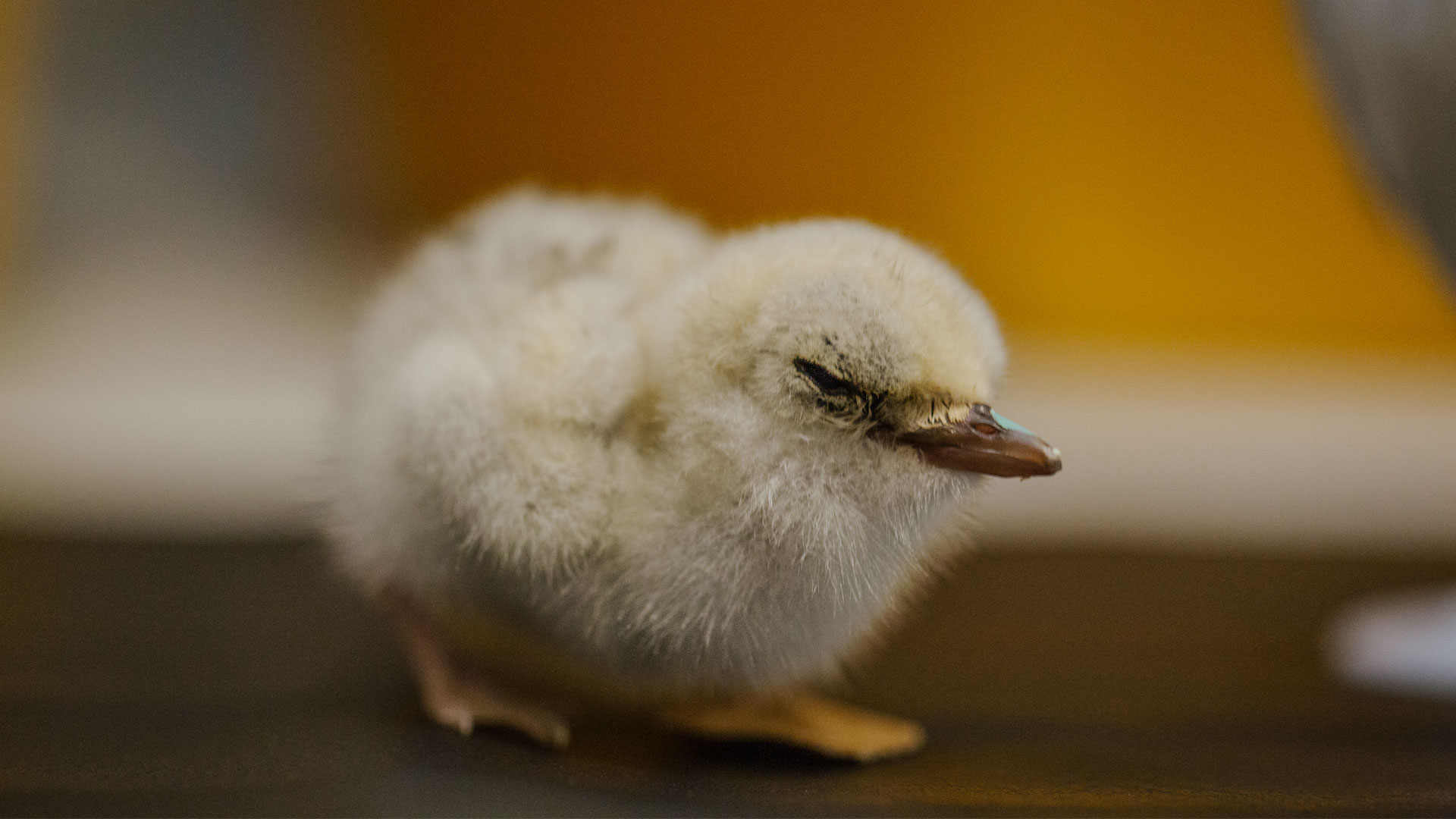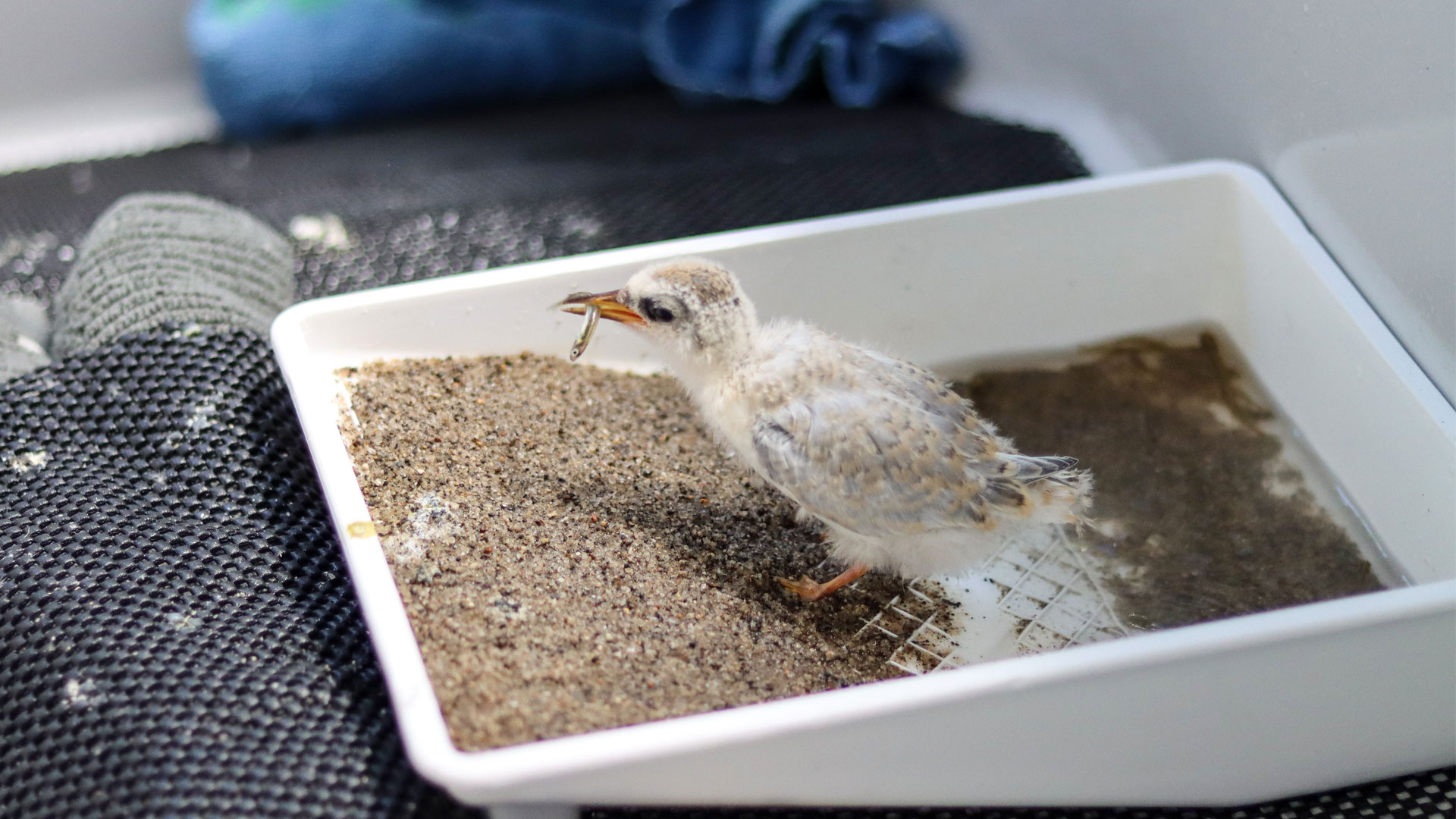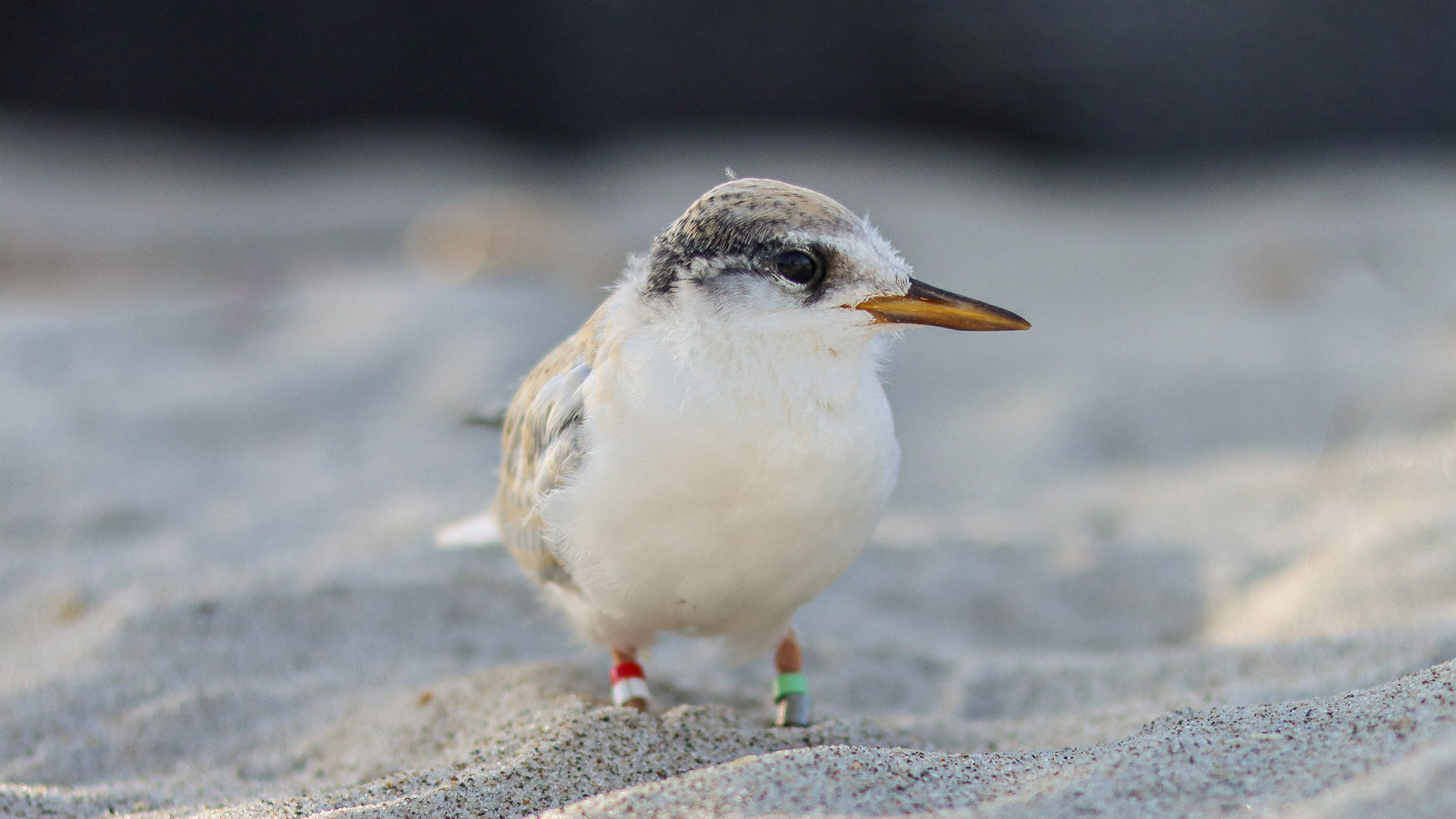Unfortunately this wasn’t possible for a few of the eggs - the nests were either washed away or despite the precautions, they were abandoned by the parents. For those eggs, the decision was made to hand-rear any chicks that hatched, a management technique that hasn't been attempted since the 1990’s.
Thankfully, a healthy chick hatched and, in collaboration with DOC, our bird team used their skills and knowledge of hatching and hand-rearing rare native species in the past, to raise the chick at the zoo. Once it reached the right stage in it's development, the chick was taken to a pre-release aviary built by DOC staff where it could safely learn how to fish 'on the wing' before being released into the wild.
Watch our video to see the process from hatch to release unfold!
It's been a privilege to work on this conservation project with DOC and we hope to build on this success in the future so that together we can reserve the fortunes of this nationally critical taonga.


